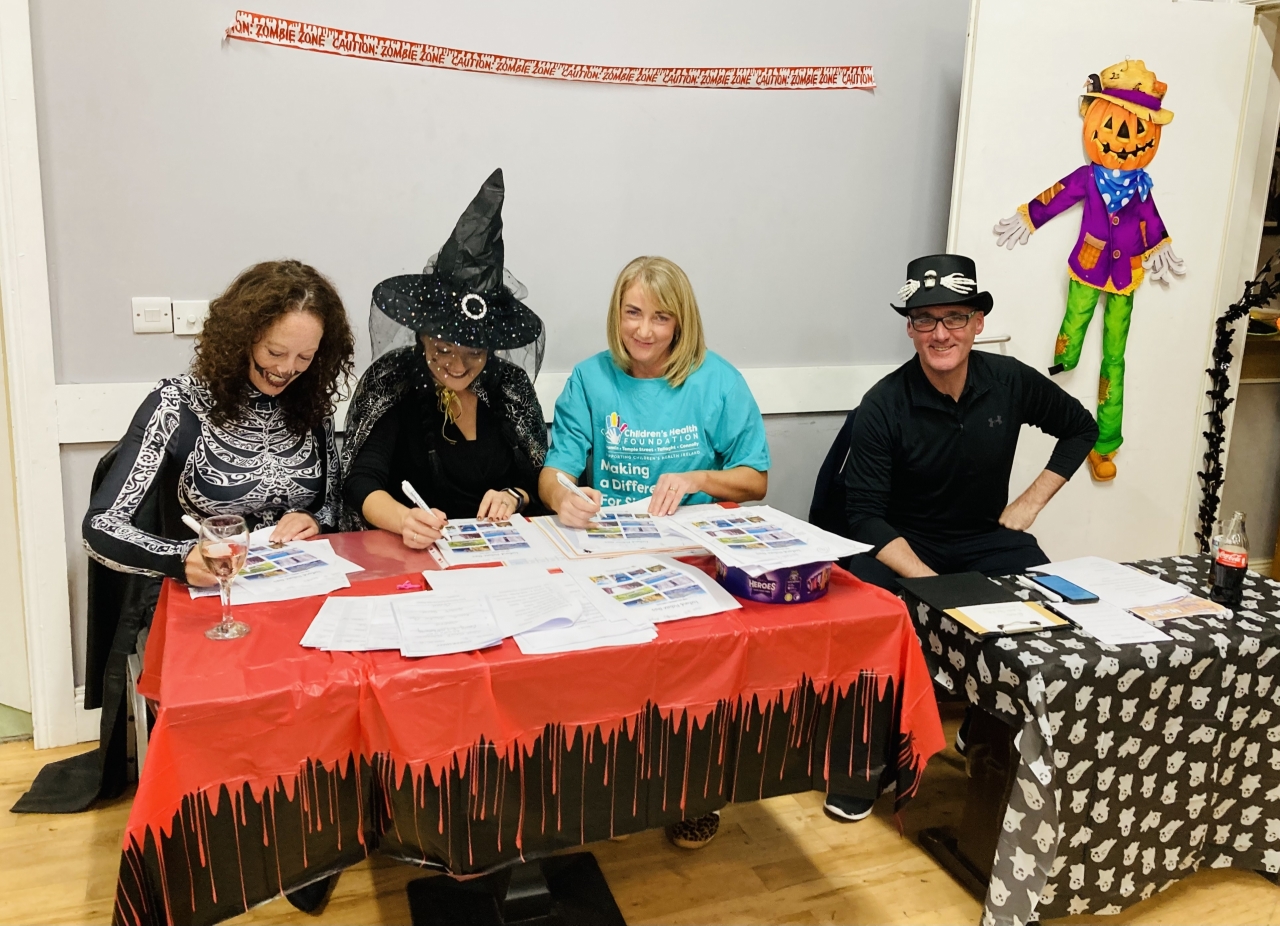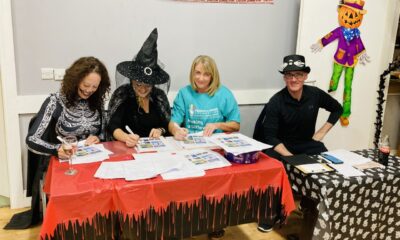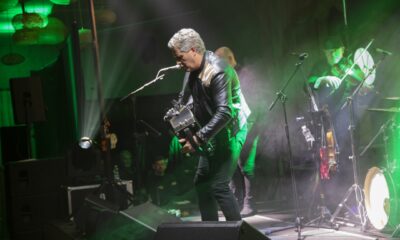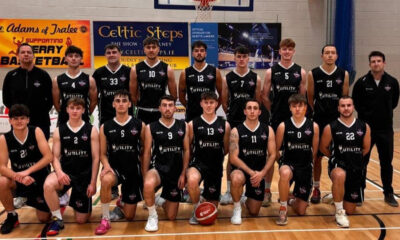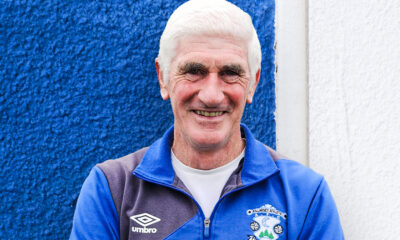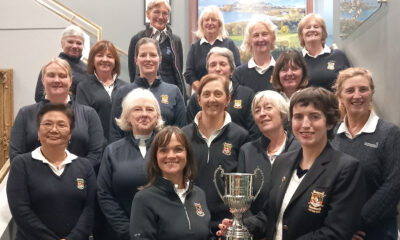News
Train for longevity and to maintain functionality

When we talk about longevity, we are not just speaking on the quantity of life but also on the quality.
Longevity encompasses our ability to move functionally throughout our lifetime. Ideally, we would want to be 80-years-old and still doing triathlons and hitting PR's. At the very least, we want to maintain our independence in seemingly simple tasks like carrying shopping, getting on and off the toilet, and playing with our kids/grandkids. Below, we have highlighted some training principles that aid in longevity:
1. Strength training
There are many benefits to strength training at all stages of life. As we age, the development and maintenance of muscle mass become even more critical in counteracting illness, maintaining bone density, preventing falls, decreasing the rate of neuromuscular and balance deterioration, and improving overall well-being.
2. Avoid stress overload and overtraining
It is essential to consider that exercise is a stressor that is perceived by the body the same way as the other stressors in our life. These outside stressors (financial, professional, physical, emotional) tend to be present in more significant amounts in adults, as most people have greater responsibilities during adulthood than during adolescence. From a physical standpoint and also due to these psychological stressors, most people will not be able to sustain the same volumes of exercise at 50-years-old that they sustained as a 20-year-old athlete. Therefore, when training for longevity, the intensity and frequency of sessions must be gauged with this in mind.
3. Emphasise mobility/working range of motion through all joints
In addition to resistance training coupled with adequate recovery periods, mobility is an aspect of training that must be prioritised. Data has also shown that in terms of mobility, shoulder, trunk, and hip mobility, start to decline the most rapidly in the fourth and fifth decades of life. Because movement in these areas is critical for independence and functionality, mobility and strength through these areas must be emphasised and incorporated more heavily in training programmes as we age.
4. Focus in on the hips
Do movements, preferably loaded ones, that involve some sort of hip hinge. This will translate into simple tasks we don’t think about like getting up off the ground and going from seated to standing and vice versa. This movement is critical for effortless tasks like bending over to tie our shoes, so this “hip hinge” pattern of movement should be trained often to ensure functionality throughout our lifetimes. Movements like the deadlift, kettlebell swing, and good mornings are exercises that work the hip hinge and require little technicality, while also translating seamlessly into daily movement patterns outside of the gym.
5. Move things
Think: pushes, pulls, carries. These types of movements mimic the activities we do daily while simultaneously working midline stability (our core), muscular strength, and cardiovascular endurance. Farmers carry, prowler pushes, and sled work are great examples of these movements.
Moving things from Point A to Point B is arguably one of most valuable indicators of functional movement and health, so training this in the gym is a valuable asset in terms of longevity. Think about walking: this is simple displacement but it is one of the first things to deteriorate as we age. Studies have shown that 31.7% of adults over the age of 65 report difficulty in walking over a kilometre.
Key takeaway:
At a certain point, when our life goals shift away from being a competitive or sport specific athlete, our training goals must also shift. Training for longevity is a direction in which we can shift our focus so that we can maintain functionality and quality of life as we age. Programming should include displacement under loads (just think pushing, pulling, or carrying heavy things as we move), coupled with strength and mobility work, especially through the hips. These training patterns, with the help of sufficient recovery time, will assist in our fluidity of movement as we age, and will increase the likelihood of us continuing to live a full and quality life when we are 80+ years-old.
Activate runs a twice weekly ActivateMasters programme which pays particular attention to strength training for longevity. Visit www.activate.ie to find out more.
News
From silence to connection: Neil Kelders returns to Killarney to give back and talk mental health
News
Kilcummin Mothers & Others quiz raises over €1,800 for charity
Kilcummin Gaelic Mothers & Others hosted a hugely successful Halloween-themed table quiz last Friday night at the Kilcummin Klub Bar and GAA Hall, raising over €1,800 for charity. The event […]




